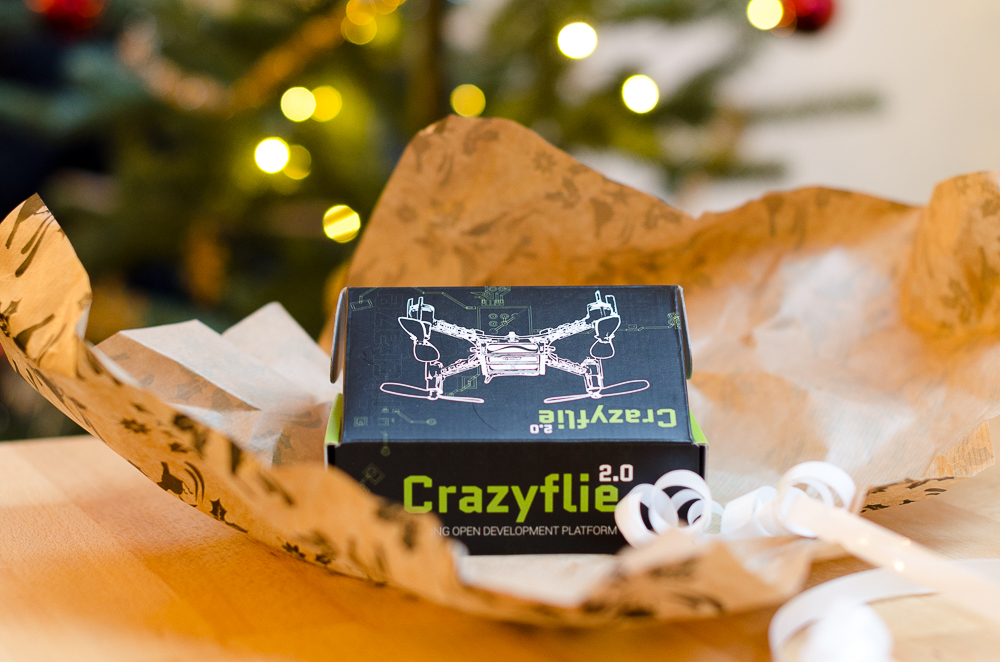Crazyflie has been used by hackers and researchers as an autonomous flying platform for a while, though it has required expensive or very special software and equipment. Universities and the industry have, in most cases used motion capture systems that are very precise but also comes with a hefty price tag. We have developed the Loco Positioning System as a more accessible way to achieve autonomous flight with the Crazyflie. Bitcraze has worked intensively with autonomous flight and together with the community, we have added a number of advanced algorithms to the Crazyflie firmware that not only serve the Loco Positioning System, but are useful for anyone interested in autonomous flight regardless of positioning system. The functionality is useful for anyone from researchers with motion capture systems to hackers with a couple of webcams!
Lately there has been a lot of activities around control and stabilization algorithms. The main piece of software that has been merged into the Crazyflie firmware is the Extended Kalman Filter. With it, the Crazyflie uses its inertial sensor together with positioning information in order to calculate an estimated position. One great advantage of the Kalman filter is that it can handle much lower quality or intermittent position measurements and still fly autonomously. Of course the better the position information, the better the flight performance, but things like camera tracking with occlusion becomes possible.
There has also been a lot of work on a new controller. The controller is the piece of software that looks at the position estimate and calculate control commands to reach a given set point (for example go to {x;y;z}). We are currently working on adapting the firmware architecture to merge a more advanced control algorithm that supports complex trajectory following capabilities.
Finally there is a new commander architecture that adds the possibility to send complex set points to the Crazyflie via the radio. For manual flight all you need is 3 angles, roll/pitch/yaw, and the thrust. For a more advance controller you might need position, velocity and acceleration in X/Y/Z. For even more complex trajectories, we are working at merging a sequence generator to which we can send high level setpoints like spline coordinates. The sequence generator will calculate the required setpoints onboard in real time to follow the trajectory.
All these algorithms are currently work in progress, they are in various stages of completeness, but for example we have had the Crazyflie following circles in our lab last week using the on board sequence generator, so things work. However getting the code to work is only the beginning, until it is in the master branch it does not exists. Once the code land in master, like the Kalman filter did a while ago, it will be useful out of the box for anyone that wants to work with autonomous flight using any kind of localization system: Loco Positioning, Motion Capture, GPS, webcam, etc …







